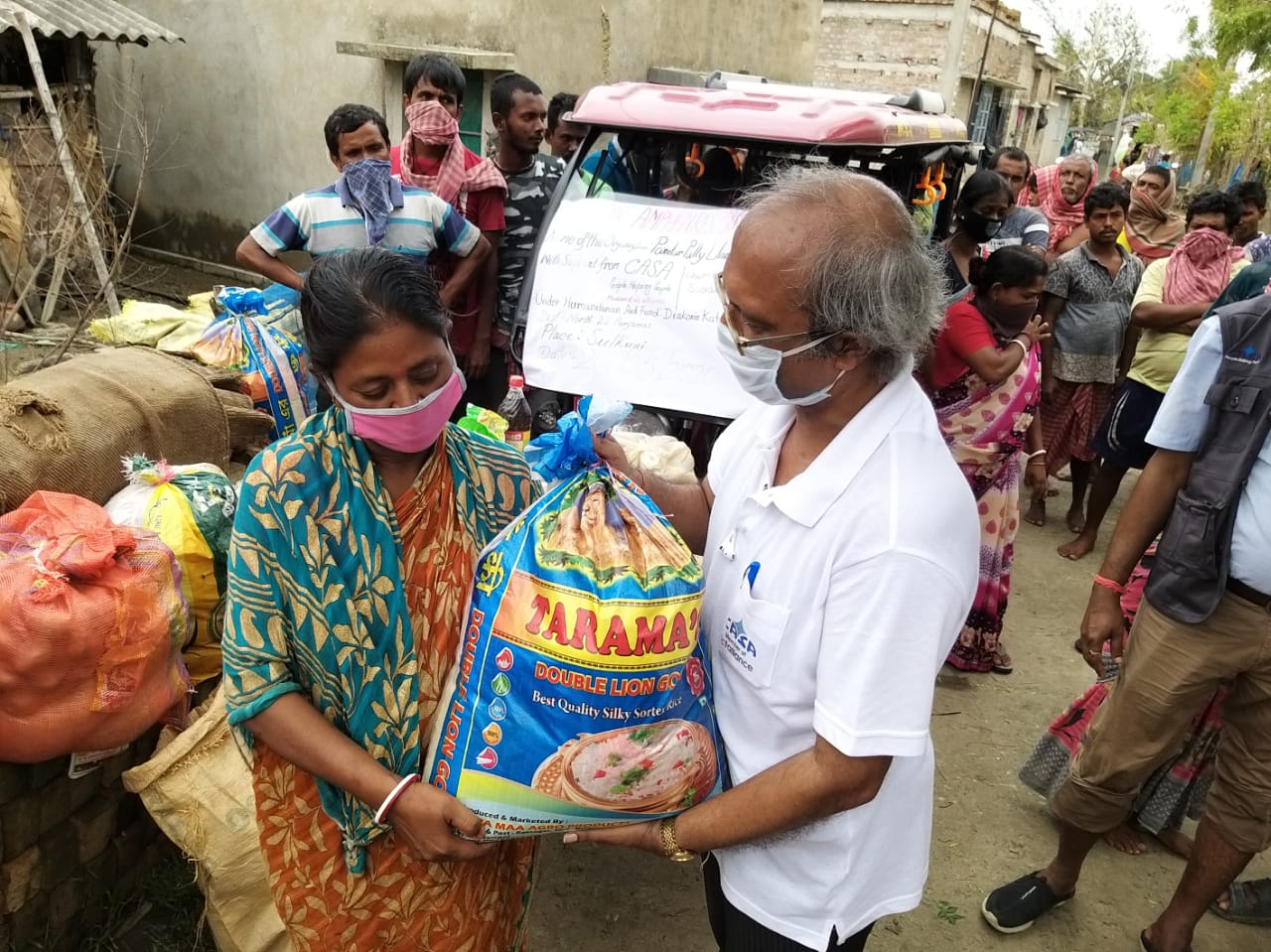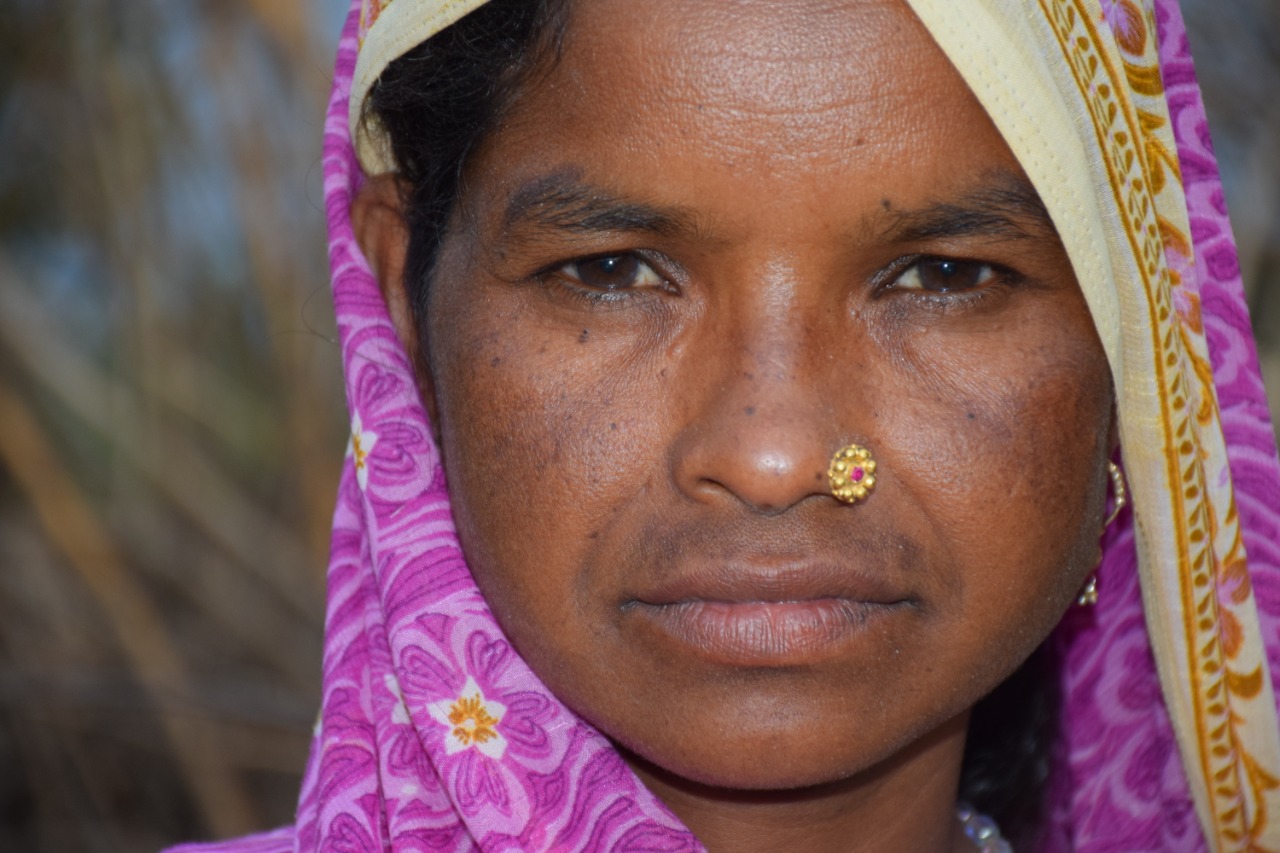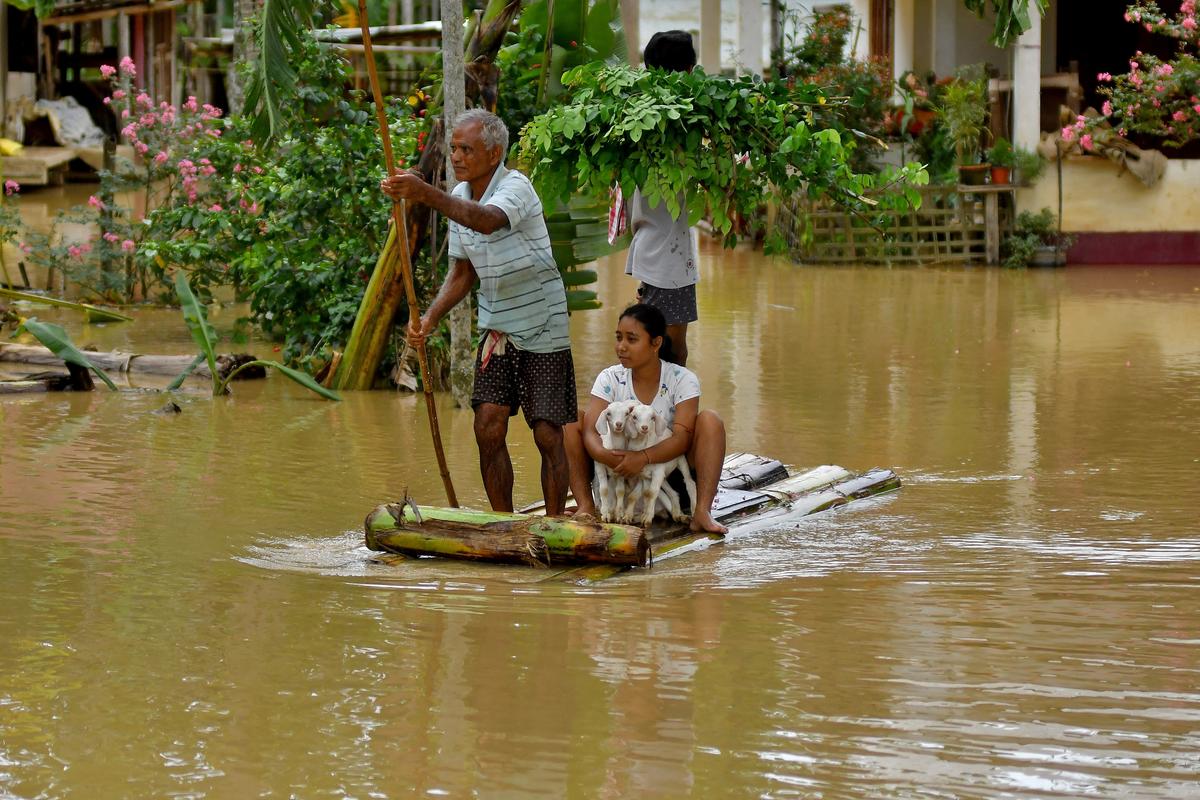CASA BLOGS

Why equitable distribution of resources is necessary at ground level for NGOs in India
Equitable distribution of resources is an essential aspect of effective NGO work in India. NGOs, or non-governmental organizations, play a crucial role in addressing various social issues in the country, such as poverty, education, healthcare, and human rights. However, these organizations often face the challenge of unequal distribution of resources, which can hinder their ability to achieve their goals and have a meaningful impact on the communities they serve.
One of the primary reasons why equitable distribution of resources is necessary is that India is a highly diverse country, with significant disparities in terms of income, education, healthcare, and other social indicators. For example, India is home to over 270 million people living below the poverty line, with limited access to basic necessities such as food, water, and shelter. These disparities are even more pronounced in rural areas, where the majority of India’s population lives.
In this context, NGOs play a critical role in addressing these issues and providing support to marginalized communities. However, many NGOs struggle to access the necessary resources, such as funding, human resources, and infrastructure, to effectively address the needs of the communities they serve. This can lead to an uneven distribution of resources, with some organizations having access to more resources than others.
Equitable distribution of resources is crucial to ensure that all NGOs have a fair chance of achieving their goals and creating meaningful impact. This means that resources, such as funding and infrastructure, should be distributed based on the needs of the communities and the organizations that serve them. It also means that NGOs must work together to share resources and expertise, rather than competing for limited resources.
Another reason why equitable distribution of resources is necessary is that it helps to build trust and credibility among the communities that NGOs serve. In India, many communities are skeptical of NGOs, as they may perceive them as outsiders who do not understand their needs or culture. This can make it challenging for NGOs to build relationships and gain the trust of the communities they work with.
By ensuring that resources are distributed equitably, NGOs can demonstrate their commitment to serving the needs of the communities and working collaboratively to achieve their goals. This can help to build trust and credibility, which is essential for the long-term success of any NGO initiative.
Moreover, equitable distribution of resources can lead to better outcomes for the communities that NGOs serve. When resources are distributed based on the needs of the communities, NGOs can create targeted interventions that address specific issues and have a meaningful impact. This can help to reduce waste and ensure that resources are used effectively to achieve the desired outcomes.
In addition, equitable distribution of resources can help to create a more level playing field for NGOs. In India, some NGOs have access to more resources than others, which can give them an unfair advantage in terms of achieving their goals. By ensuring that resources are distributed equitably, all NGOs have a fair chance of creating meaningful impact and contributing to the social development of the country.
To achieve equitable distribution of resources, there are several strategies that NGOs can adopt. One of the most effective strategies is to form partnerships and collaborations with other organizations. By working together, NGOs can share resources, expertise, and best practices, which can lead to more effective and efficient interventions.
NGOs can also work with government agencies and funders to advocate for policies and funding that support equitable distribution of resources. This can involve advocating for increased funding for NGOs that serve marginalized communities, or for policies that promote more equitable distribution of resources across the country.
Another strategy that NGOs can adopt is to engage in community-driven development. This involves working directly with communities to identify their needs and priorities, and developing interventions that are tailored to their specific needs. By involving communities in the development process, NGOs can ensure that resources are distributed in a way that is responsive to the needs of the communities.
Finally, NGOs can focus on building their own capacity to effectively manage resources and implement interventions. This can involve investing in training and development for staff, improving organizational structures and systems, and developing effective monitoring and evaluation mechanisms to measure the impact of their work.
The Church Auxiliary for Social Action (CASA) is a well-known NGO in India that has been working towards promoting equitable distribution of resources for marginalized communities. CASA works towards addressing the root causes of poverty and social exclusion by focusing on issues such as livelihood, education, health, and environment.
One of the ways that CASA promotes equitable distribution of resources is by working closely with marginalized
communities to identify their needs and priorities. CASA has a presence in over 6000 villages across India, and through their field workers, they conduct community-based assessments to understand the needs of the communities they work with. Based on these assessments, CASA designs and implements interventions that are tailored to the specific needs of the communities.
CASA also works closely with government agencies and other NGOs to advocate for policies and funding that support equitable distribution of resources. For instance, CASA has been involved in advocating for the implementation of the Mahatma Gandhi National Rural Employment Guarantee Act, which provides employment to people living in rural areas. CASA has also advocated for policies that support women’s rights, such as the implementation of the Domestic Violence Act and the Right to Education Act.
In addition to these efforts, CASA also focuses on building the capacity of communities to effectively manage resources and implement interventions. For instance, CASA has implemented programs to promote sustainable agriculture practices, which enable communities to improve their livelihoods and reduce their dependency on external resources. CASA has also implemented programs to promote access to education, particularly for girls, which helps to build the capacity of the communities to manage their own development.
Overall, the Church Auxiliary for Social Action’s work towards promoting equitable distribution of resources is based on a community-driven approach that is designed to address the root causes of poverty and social exclusion. Through their partnerships with government agencies and other NGOs, and their focus on building the capacity of communities, CASA has been able to achieve meaningful impact in promoting equitable distribution of resources across India.
In conclusion, equitable distribution of resources is critical for the success of NGOs in India. By ensuring that resources are distributed fairly and based on the needs of the communities, NGOs can create more effective and efficient interventions, build trust and credibility, and achieve better outcomes for the communities they serve. Achieving equitable distribution of resources requires a collaborative effort among NGOs, funders, and government agencies, as well as a focus on community-driven development and building organizational capacity. With these strategies in place, NGOs can have a meaningful impact on the social development of India, and contribute to creating a more equitable and inclusive society for all.
Equitable distribution of resources is essential for the success of NGOs in India. By ensuring that resources are distributed based on the needs of the communities and the organizations that serve them, NGOs can create targeted interventions, build trust and credibility, and achieve better outcomes for the communities they serve. This requires a collaborative effort among NGOs, funders, and government agencies to create a more equitable and inclusive social development ecosystem in India.
 Previous Blog Post The Work As An Education Trust For Poor Students In India
Previous Blog Post The Work As An Education Trust For Poor Students In IndiaFeatured Post

Mental Health Awareness in India: Addressing Key Challenges
8 Nov 2024
Mental health awareness is crucial in India, where millions silently struggle with mental health disorders, including depression, anxiety, and bipolar disorder. Despite growing recognition, India faces unique challenges in effectively addressing mental health issues. The stigma associated with mental illness remains a primary barrier. In Indian society, mental health issues are often misunderstood, leading to […]

Ensuring Girls’ Safety in India: A Path Toward Empowerment
20 Aug 2024
Girls’ safety in India remains a critical issue that has garnered increasing attention over the years. Despite various reforms and efforts from both government and civil society, challenges persist. From street harassment to domestic violence, gender-based discrimination continues to limit the freedom and safety of girls. While significant progress has been made in addressing these […]

The Connection Between Monsoons and Floods in India: An In-Depth Analysis
9 Jul 2024
India, a land of diverse climates and geographical features, relies heavily on the monsoon season for its agricultural and water resources. However, with the benefits of the monsoon rains come significant challenges, particularly in the form of floods. This blog explores the intricate relationship between the monsoon season and flooding in India, providing detailed insights […]




Leave a Reply
You must be logged in to post a comment.